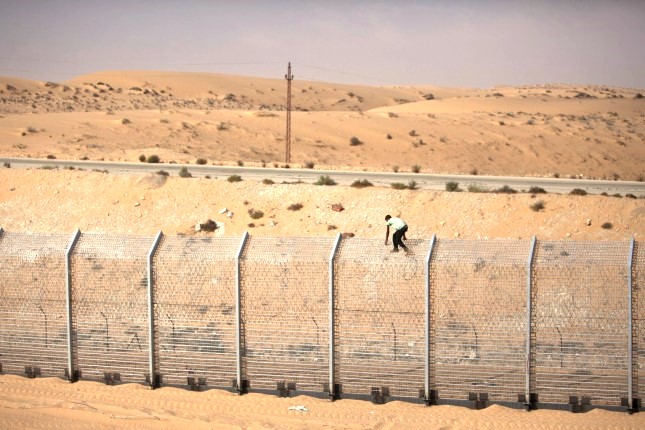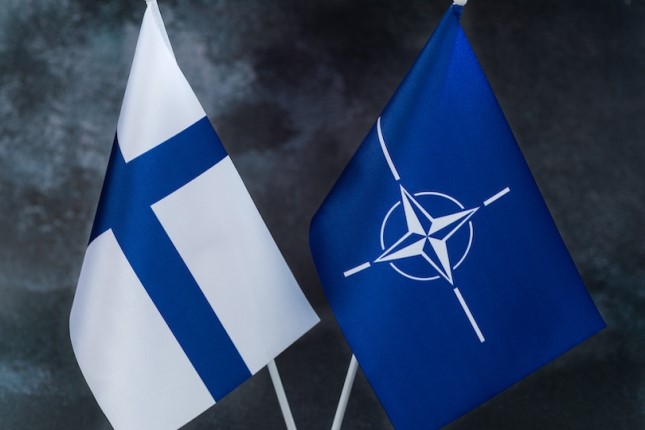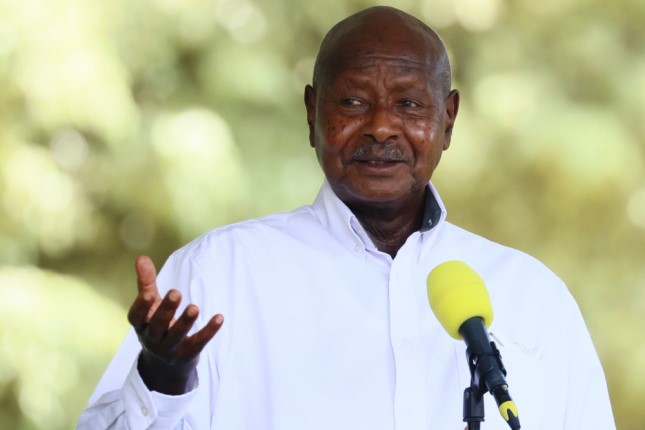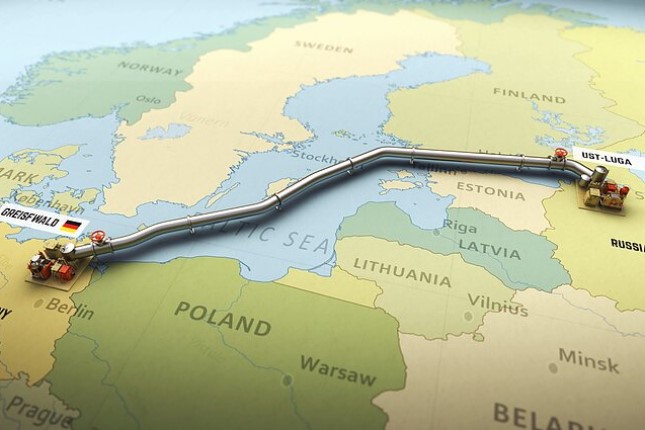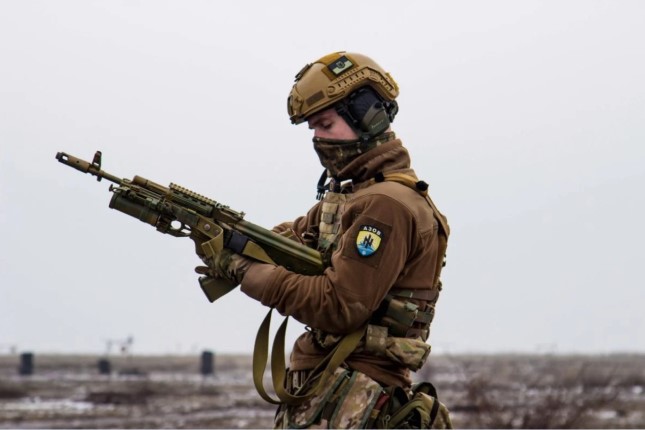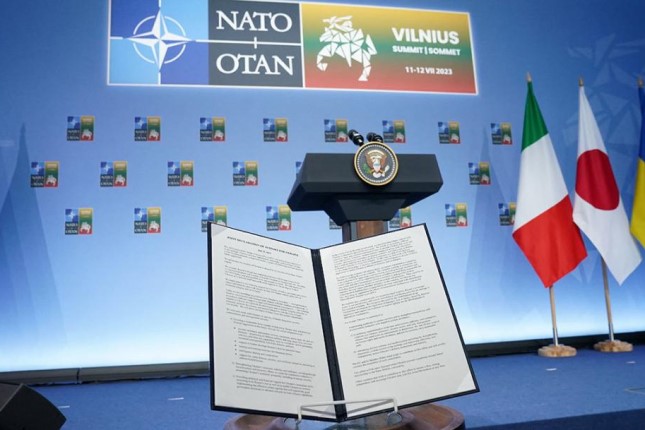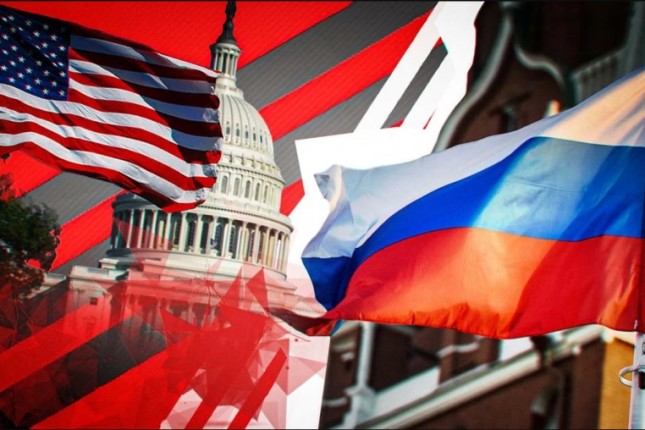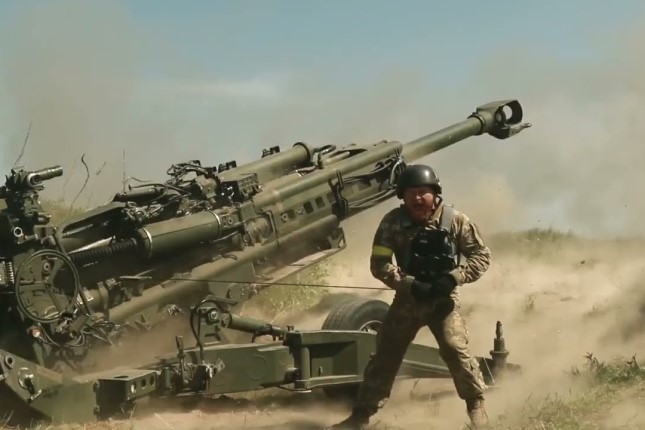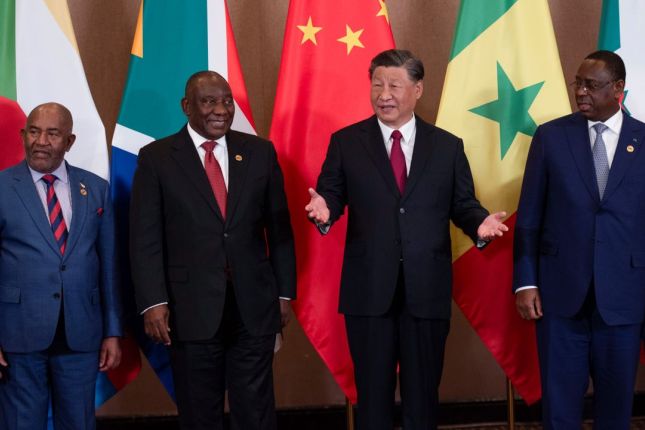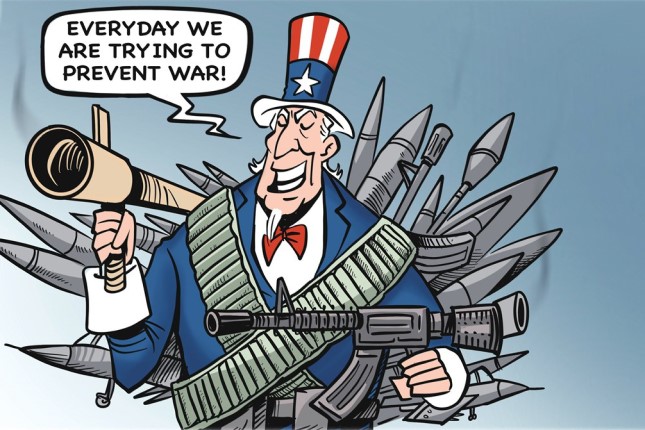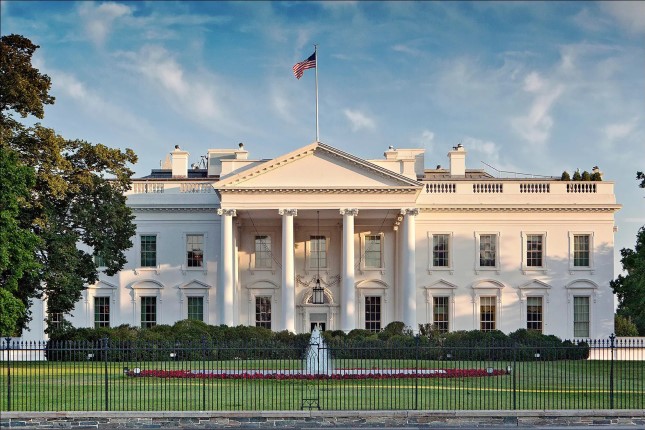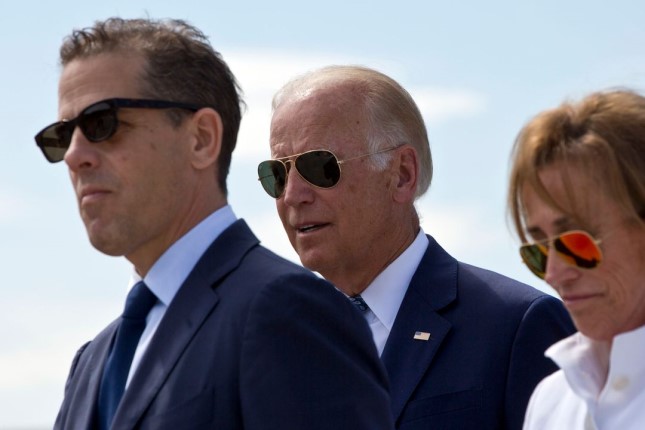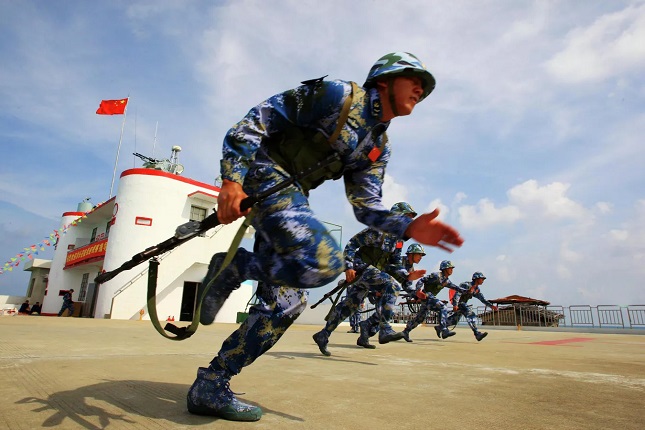The American plans to form the New Middle East were not destined to come true. Synchronized operations conducted by Turkey and Iran against Kurdish forces leave the US with no resources "on the ground" with which it could continue to play plans to rearrange the borders of the states in the region.
Istanbul and Tehran, two regional competitors, two main contenders for expanding the zone of influence in the Middle East, the Eastern Mediterranean and Central Asia, have shown that they are able to get out of the logic of mutual containment and, in fact, act together against a common threat.
One should not exaggerate the significance of the anti-Kurdish operations conducted by Turkey and Iran simultaneously. This is purely tactical logic. Turkey and Iran will continue to compete fiercely, but this competition will not be built around the American scenario of redrawing borders, which de facto means fragmentation and weakening of the leading states of the region.
The very cynicism with which the Americans actually openly declared that they want to change the borders of countries, many of which are US allies in the region, has done them a disservice. The all-too-obvious threat of becoming a bargaining chip in American foreign policy intrigues has allowed for situational alliances that otherwise would not have arisen.
The main players in the region − Turkey, Iran, Saudi Arabia and Pakistan − demonstrate a high degree of geopolitical sanity and responsibility. And this leads to the fact that the US stake on ethnic and confessional minorities to undermine these countries does not work. On the contrary, the region is developing its system of mutual security agreements. And as a result, the US is losing influence faster in the region.
Today, many are surprised by how harshly the United States is opposed, for example, by such allies as Saudi Arabia and Turkey. The latter is even a NATO member state but behaves extremely defiantly towards the United States. But the US itself turned away its allies by irresponsible geopolitical steps.
Trust has been lost, and purely military resources are no longer enough to control the region, as the story of the flight of the US military from Afghanistan in 2021 has clearly shown. The last zone of the American presence, which ensured the implementation of the plan to reshape the borders, was the territory of the Syrian Kurds and Northern Kurdistan (Iraq). But with the start of operations synchronized between Turkey and Iran, the American military, apparently, will soon have to leave this zone.
Blood Borders: The Beginning
Usually, the launch of the plan to create a "New Middle East" is associated with a speech by Secretary of State Condoleezza Rice in June 2006 in Tel Aviv. In fact, she first spoke about it in early 2005 in an interview with The Washington Post, when she began to talk about the region's future in terms of "Creative Chaos". But the very term "New Middle East" actually came later.
In June 2006, almost simultaneously with Rice's speech, a well-known American analyst, retired Lieutenant Colonel Ralph Peters, published the sensational essay "Blood Borders" in the Armed Forces Journal. Its central idea is very simple: all the main problems of the countries of the region with security and democracy are related to the way the post-colonial borders were drawn. The European powers did it in such a way as to provoke a mass of inter-ethnic and inter-confessional conflicts and thereby maintain leverage over the former colonies.
Accordingly, the conclusion is that in order to stabilize the region in the long term, it is necessary to draw new, more correct and fairer borders.
By that time, the United States was already deeply sunk into the problems of the greater Middle East. After five years of presence in Afghanistan, the understanding has grown that the issue of this country cannot be solved outside the Pakistani context (AfPak concept).
It has become clear in Iraq that it is impossible to create a democracy with a confessionally and ethnically diverse population, and it is much easier to resolve issues in parts − separately with the Kurds, separately with the Sunni Arabs, separately with the Shiite Arabs. From this understanding, the concept of new frontiers for the New Middle East eventually grew.
Winners and Losers
According to the plan for revising the "bloody borders", three main groups were identified that should win in the New Middle East − Kurds, Shiite Arabs and Baluchis. The main losers were to be the major countries of the region, such as Turkey, Iran, Iraq, Pakistan and Saudi Arabia. New states were expected to appear: Kurdistan, the state of Arab Shiites, Balochistan; Afghanistan was supposed to essentially transform into Pashtunistan; the territories of Jordan and Yemen would be greatly enlarged.
But eventually, everything went wrong. First of all, the influence on the Arab Shiites, the electoral core of Iraq, was lost by the Americans the fastest. The Americans were unable to compete here with Shiite Iran. And, with their invasion of Iraq, they expanded Iran's zone of influence with their own hands.
With the withdrawal from Afghanistan, the influence of the United States on the processes in Pakistan has decreased. In addition, this is a country with nuclear weapons, making the Americans act with extreme caution. And although Pakistan has again become more susceptible to Western influence after the overthrow of Prime Minister Imran Khan, the country remains radically anti-American, and the power and influence of the military are great. The military will never allow the formation of an independent Balochistan (part of the territory belongs to Pakistan, part to Iran).
Only the Kurdish territories of Iraq and Syria remain under the control of the Americans. This is a very convenient zone for influencing regional processes. Especially since there is oil here, this creates the basis for economic independence and makes it possible to make the military presence necessary and beneficial in some ways.
However, a series of essentially joint operations between Turkey and Iran against the Kurds in northern Iraq and Syria should put an end to any hopes of the Kurds and their patrons to create an independent Kurdistan and redraw the borders. And the key reason why the Americans failed to fully launch their plan here, too, is that Syria withstood.
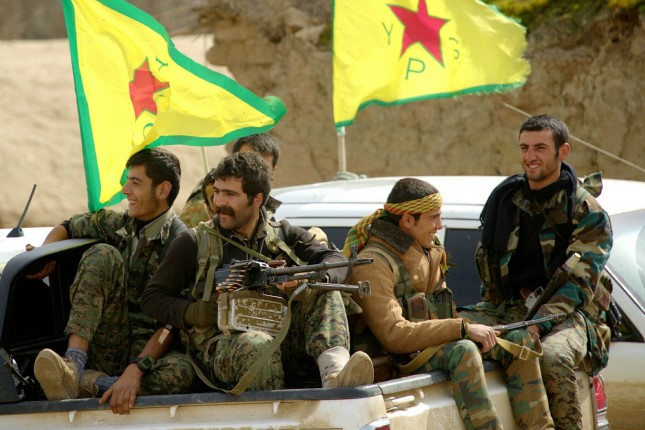
Kurdish rebels.
The Syrian track was the main one from the very beginning. Starting with the case of Rafik Hariri (2005), there were deliberate efforts to destabilize the situation in Syria, which eventually resulted in a long-term bloody civil war. However, Bashar al-Assad resisted, and this did not allow creating a funnel of "Creative Chaos" in place of Syria, which would spread its influence all over the region.
The Middle East is in a complicated situation. But the fact that its key players are now in direct dialogue with each other suggests that large-scale destabilization can be avoided in the long term.
Despite such acute provocations as the murder of journalist Jamal Khashoggi, the leadership of Turkey and Saudi Arabia still managed to start building a dialogue. And the level of relations between such civilizational competitors as Turkey and Iran, despite all the difficulties, is today at an unprecedented level by historical standards.
